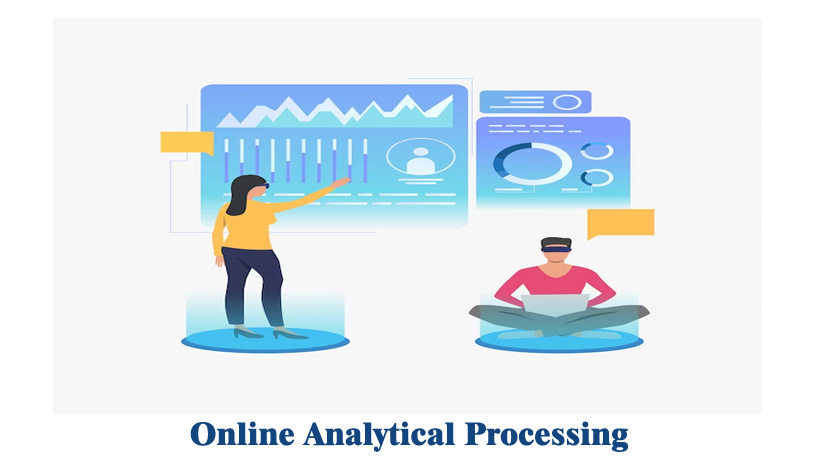Online Analytical Processing is a software technology used to analyze business data from various points of view. It will collect and store the data from multiple sources, such as internal sources, websites, and applications. It will also combine and group the data into categories to provide workable insights for strategic planning. For example, the online analytical process of different product datasets such as size, color, price, and more details will impact product sales.
How Does Online Analytical Processing Work?
The online analytical processing system collects the data and then organizes, aggregates, and analyzes it. Well, this process has several steps. Let us see how exactly this happens:
- The first step is that the OLAP system will collect the data from different sources. These sources will include warehouse information and relational databases.
- Then, this data is extracted and uploaded in load tools to clean, aggregate, and precalculate it. Then, this data is stored in an OLAP cube (server) again. It has different dimensions. So, the clean data is kept in separate dimensions specified.
- The online analytical process tool uses business analytics to generate reports from multi-dimensional data in the OLAP cube.
Benefits
Online analytical processing servers have helped many organizations grow their digital information. Let us look at some of the benefits of it:
- It will provide a combined platform for marketing, production, finance, and other business processes. Your company can see a path to success and efficiency in problem-solving.
- Online analytical processing servers make fast and accurate decisions to stay competitive in a fast-paced economy. With the help of the OLAP system, business Analytics can generate reports quickly when needed.
Conclusion
In conclusion, the online analytical process is excellent for storing and handling multiple streams of databases. Moreover, it cannot perform complex queries from the database. Hence, business analytics use the OLAP Server database to perform compute-intensive queries on previous data to a cloud-based OLAP Cube.

